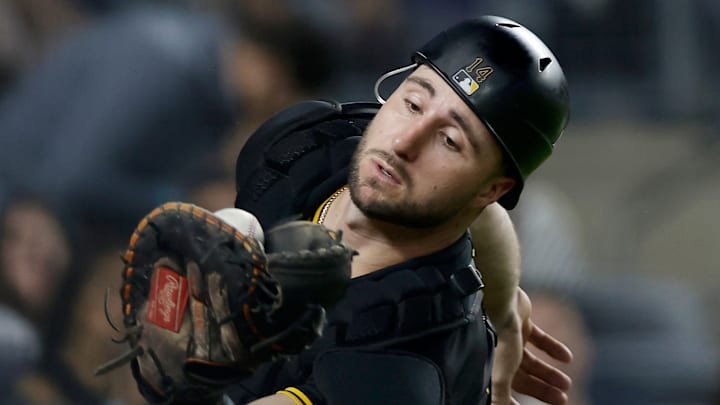Dennis Santana
The Pirates claimed Dennis Santana off waivers from the New York Yankees in June. At the time, he had an ERA over 6.00. Santana had yet to have any prolonged success in the Major Leagues. Heading into 2024, he owned a 5.17 ERA, 4.26 FIP, and 1.30 WHIP from 2018 through 2023. He had only ever posted both an above-average ERA and FIP in any season once -- that was in 2021 when he had a 4.28 ERA and 4.36 FIP with the LA Dodgers and Texas Rangers.
When Santana first arrived in Pittsburgh, it didn’t look like he’d be around for much longer. In just his second game, the righty reliever allowed six earned runs while recording a single inning pitched. Santana walked two and allowed four hits, one of which was a home run. Luckily, Santana proved that first impressions aren’t everything.
Since then, Santana has pitched 42.2 innings, recording a 1.27 ERA, 1.97 FIP, and 0.82 WHIP. He has walked just 5.6% of opponents with a 31.1% strikeout rate. The right-hander has induced a whiff rate of 33.7%. When opponents can put the bat on the ball, they’ve averaged an exit velocity of just 84.5 MPH and a barrel rate of 1.9%. Santana allowed an earned run in his last game of the season, ending what was a 24.1-inning scoreless streak.
Santana started to see much more time in high leverage down the stretch of this lost campaign, and it really helped him progress. His average leverage index in the month of September was 1.25 (1.00 is average), and he recorded eight holds, as well as a save. Santana has more than put his name into the cards for the closer role next season. He’s been a great, albeit extremely unexpected bright spot of the Pirates’ bullpen.
